Waves

In this experiment you will use two different "slinky" springs to study and observe the various properties of wave motion. Waves can be made to travel down the length of’ the spring to reflect, to interfere, etc. The speed, frequency, and wavelength will be varied to see how they are related.
The fundamental properties of waves are related to each other. In fact, the relation is exactly the same for water waves, waves on a string, waves on a spring, sound waves, light, and all types of waves. The speed of the waves is the distance the wave travels per unit of time, v. The wavelength is the distance between two similar points on any two consecutive waves, say from crest to crest or trough to trough. This is usually represented by the Greek letter l . The frequency of the wave is the number of vibrations (or cycles) per unit of time. This is usually in the unit of cycles per second (or Hertz) and is designated by f. The relationship between these properties, which holds for all types of waves, is known as the wave equation.
v = fl
Waves are classified as either transverse or longitudinal. In transverse waves, the particles of the medium move perpendicular to the direction that the wave moves. Longitudinal waves are those in which the particles of the medium move parallel to the wave direction. Water waves, however, are a combination of transverse and longitudinal waves. Standing waves can be set up by a repeated motion at one end of a spring at any one of several correct frequencies, where the length of the spring is some multiple of half the wavelength.
The spring can be held in the air by two people with the waves vibrating up and down and traveling along the spring from one end to the other. However, a better method consists of putting the spring on the floor, stretching it out a little and sending the pulses from side to side down the length of the spring. Please be very careful with these springs since they become easily tangled and are often ruined. Whenever you have them stretched, be very careful not to suddenly release one end! Also, when you finish with them, do not leave them tangled on your lab desk.
First, stretch the long thin spring to about double its normal, unstretched length, and put it on the floor. Send a single longitudinal pulse by compressing a section near the end and suddenly releasing it. Repeat several times and observe the wave motion carefully. Describe what happens in your lab notebook. With these springs it is easier to observe transverse waves than longitudinal ones. Hold the end fixed with one hand. With the other hand, grasp the spring about a foot from the end and pull it sideways. Pull perpendicular to the length of the spring. Suddenly release your hold on that part of the spring, thus sending a single pulse of a transverse wave down the spring. Repeat this same procedure on the short "slinky" stretched to exactly the same length as for the long one. Which wave has the higher speed? Do both springs at the same time. Why is the velocity of the waves not the same in both cases? With the short slinky, find the speed of the pulse by measuring the separation distance between partners and measuring the time required for the pulse to make one round trip (if the pulse doesn’t make a round trip, use the one way trip). Next make the pulse larger in amplitude by pulling out farther before releasing it. Does the speed of the pulse vary with the amplitude of the wave? Now stretch the short spring to about one and one half times the length just used. Find its speed for this case also. Is it larger or smaller than before? Why?
Next, investigate the behavior of a single pulse down the short slinky stretched to the original length used for it in order to see how it reflects from the partner’s hand. This works better if the hand holding the end of the spring is "flipped" quickly to one side. Does it come back on the same side or the opposite side from the one on which it traveled toward your partner? Be sure you can tell which way. You may need to use a large amplitude pulse in order to see what happens better.
Finally, set up standing waves in the long thin spring by using repeated waves at a constant rate. Let one partner keep his hand fixed while the other moves his hand sideways back and forth at a constant rate. Change the rate or frequency of these waves until standing waves are set up along the spring. It may take a little practice before you establish the correct frequency, but you will know when you have it right. Then change the frequency until a different standing wave is set up. If the frequency is higher (or lower) than before, how is the wavelength different? Is this consistent with the wave equation? Try several more diffeent frequencies and standing waves. Then let your partner try also for several different standing waves. This part of the experiment should also be performed by holding the spring in the air and vibrating one end of the spring up and down. Each partner should do it for several different standing waves in this manner also.
Reflect upon the experimental observations that you have obtained today and comment on how the results compare with the book’s presentation of wave properties. In particular, what is it that the book tends to ignore that had a major impact on your observations?